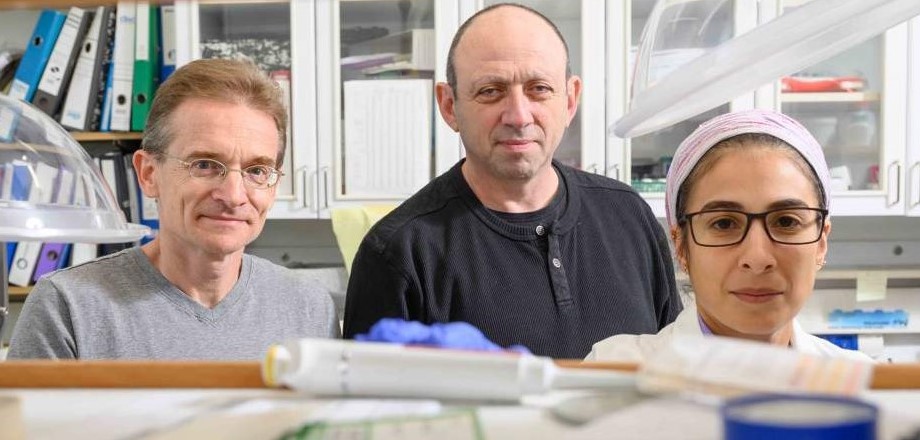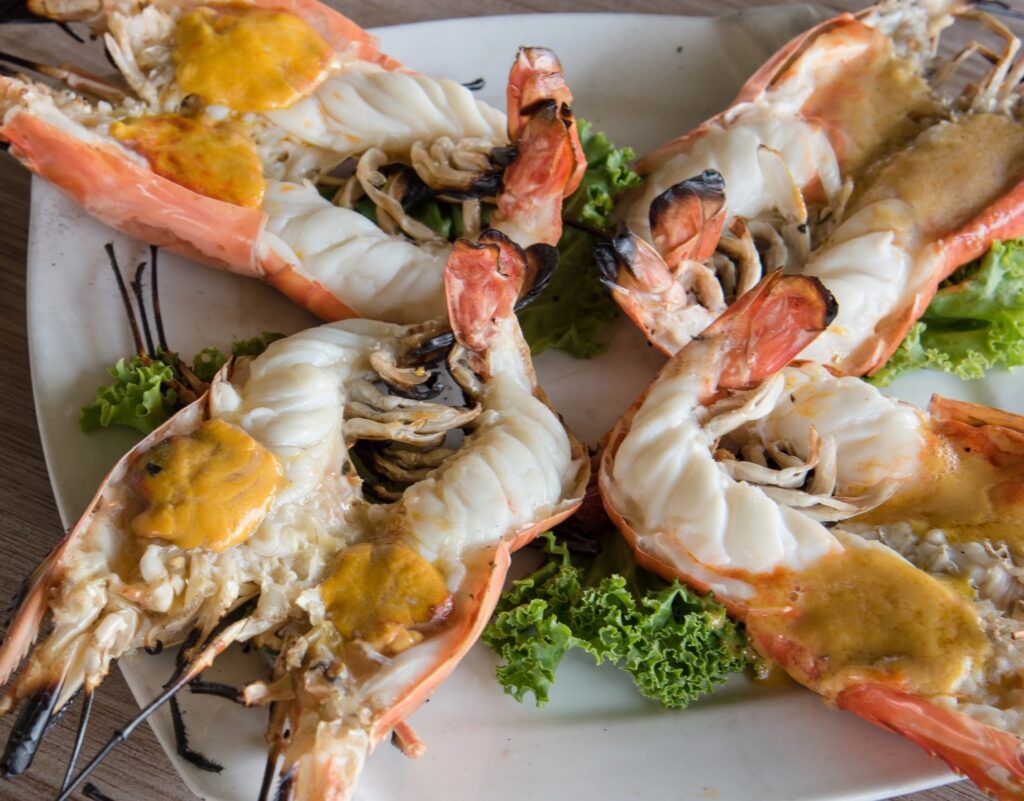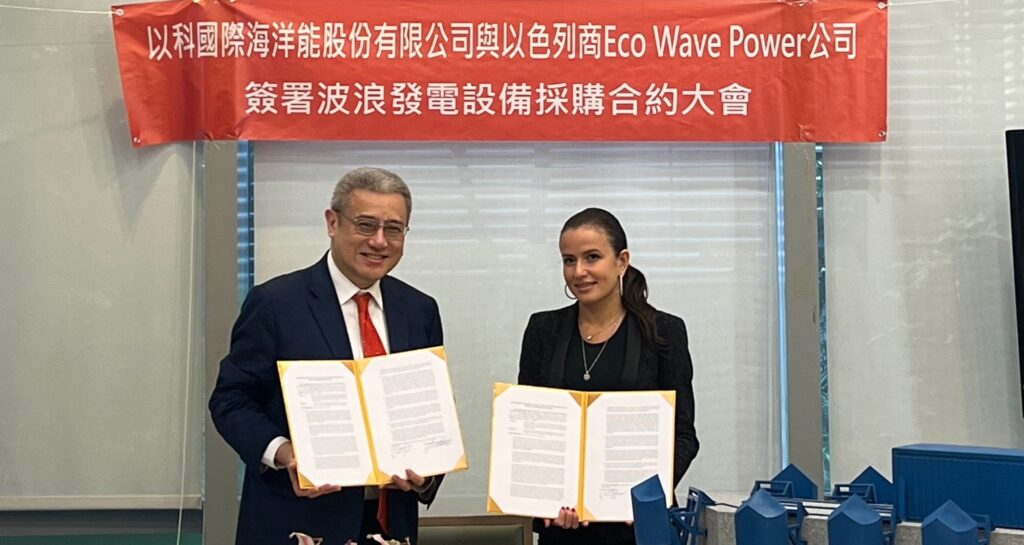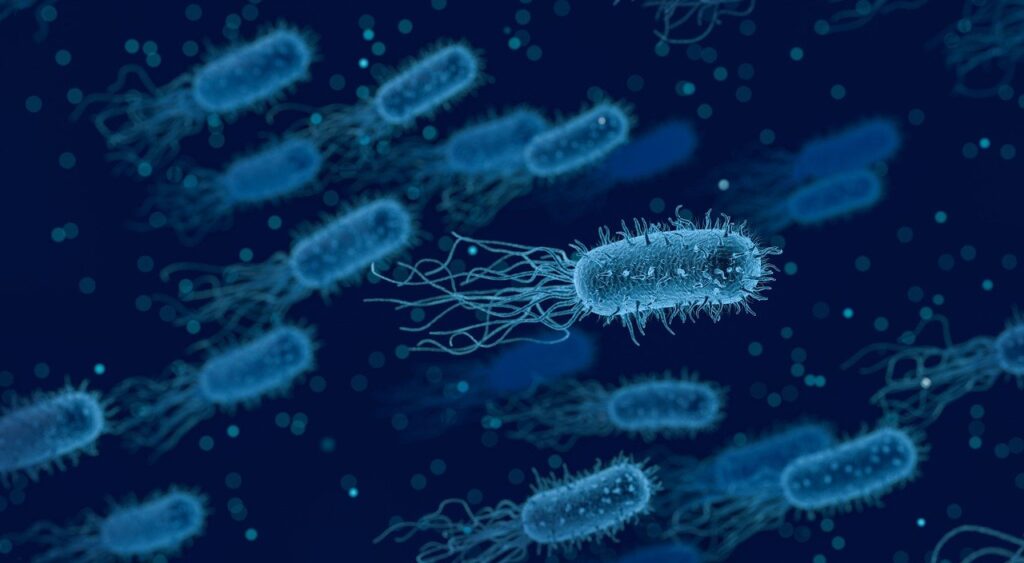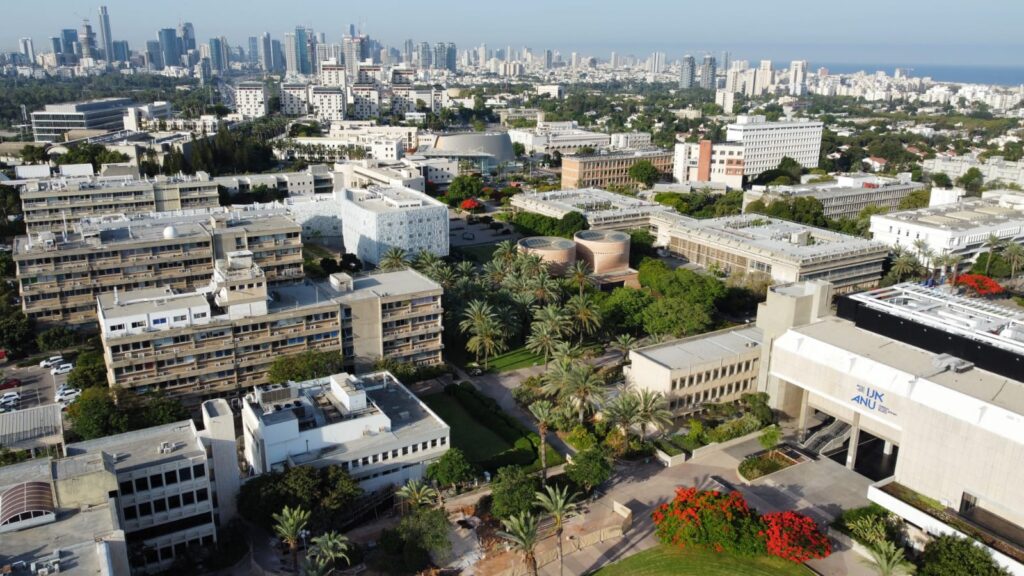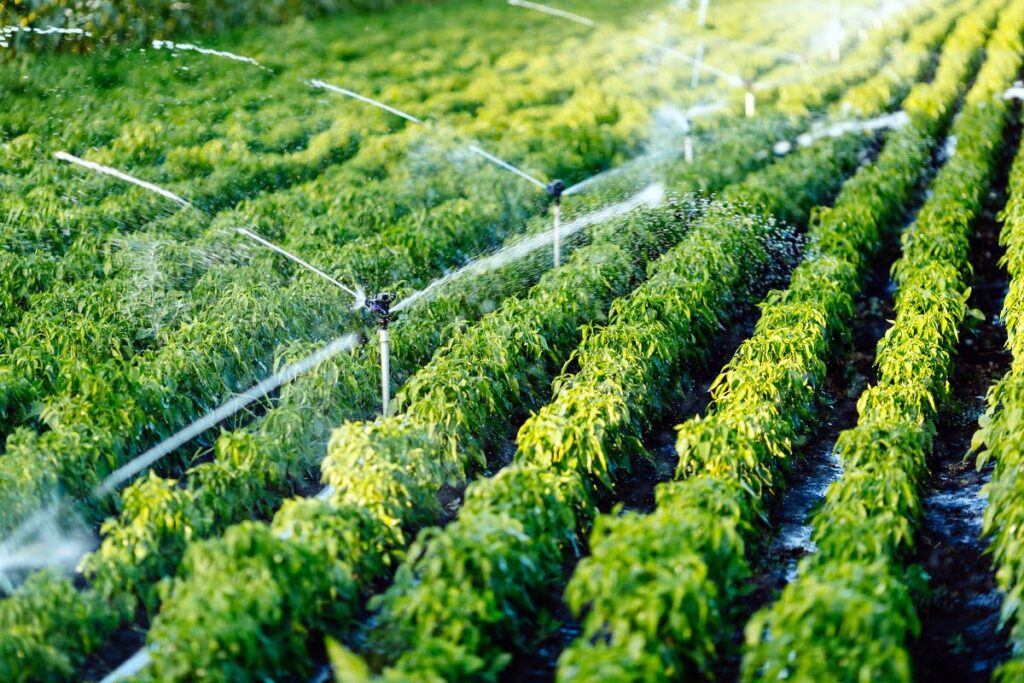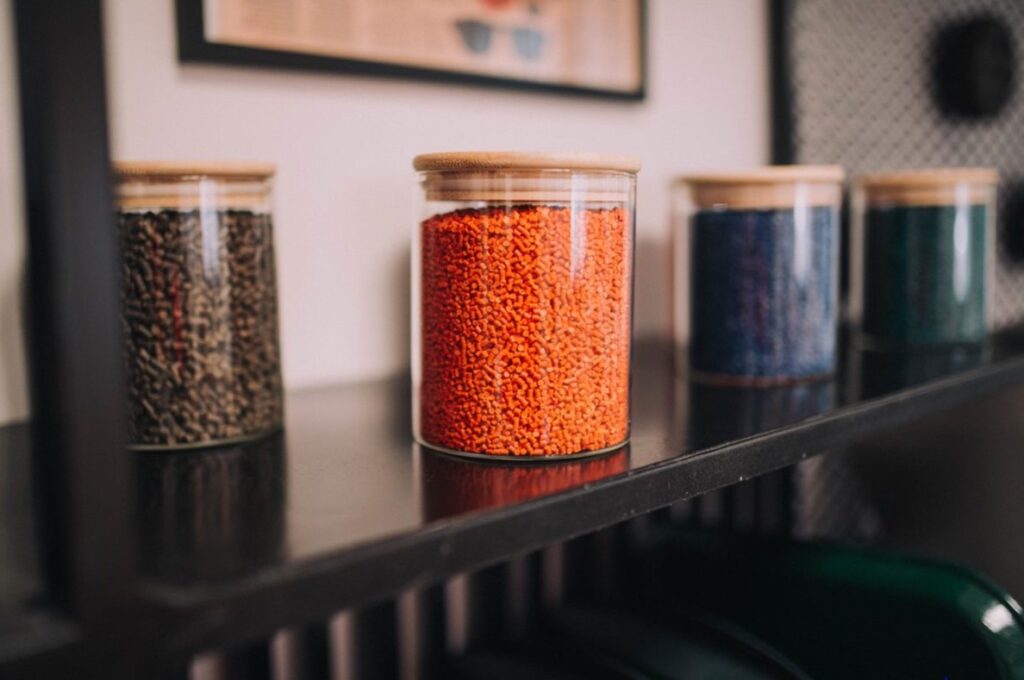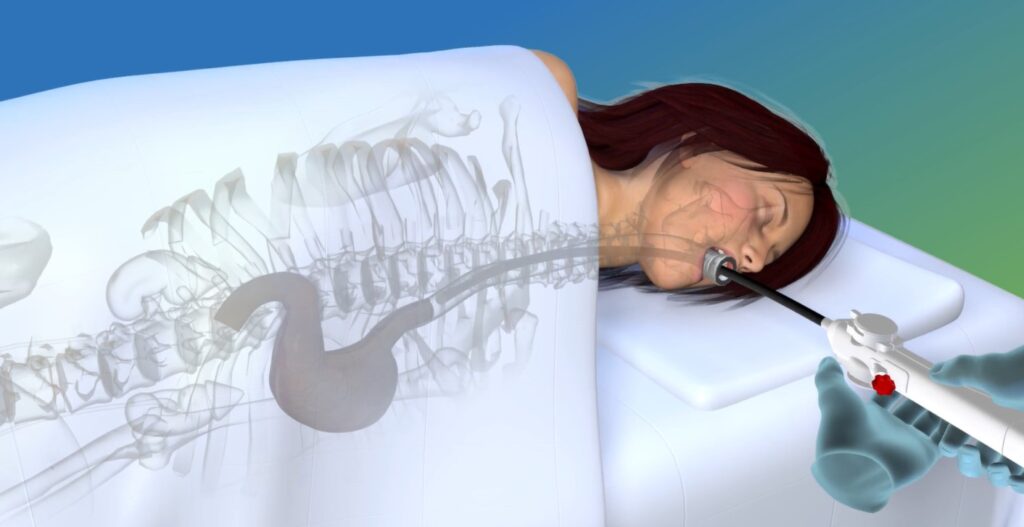Researchers at the Weizmann Institute of Science in Rehovot have created a new composite plastic that degrades easily using bacteria that is cheap, strong and simple to prepare.
Seeking to create a composite plastic that would meet the needs of industry while also being environmentally friendly, the researchers decided to focus on commonplace, inexpensive source materials whose properties could be improved.
They found that molecules of tyrosine – a prevalent amino acid that forms exceptionally strong nanocrystals – could be used as an effective component in a biodegradable composite plastic.
And after examining how tyrosine combines with several types of polymers, they also chose hydroxyethyl cellulose, a cellulose derivative employed extensively in the manufacture of medicines and cosmetics.
When hydroxyethyl cellulose and tyrosine are combined, they form an exceptionally strong composite plastic made of fiber-like tyrosine nanocrystals that grow and integrate into the hydroxyethyl cellulose.
The study was led by Dr. Angelica Niazov-Elkan, Dr. Haim Weissman and Prof. Boris Rybtchinski of Weizmann’s Department of Molecular Chemistry and Materials Science.
As both cellulose and tyrosine are edible, the biodegradable composite plastic can actually be eaten. The researchers say, however, that as the conditions in the lab are not suitable for foodstuffs, they have yet to sample their new material.
[sharethis-inline-buttons]
